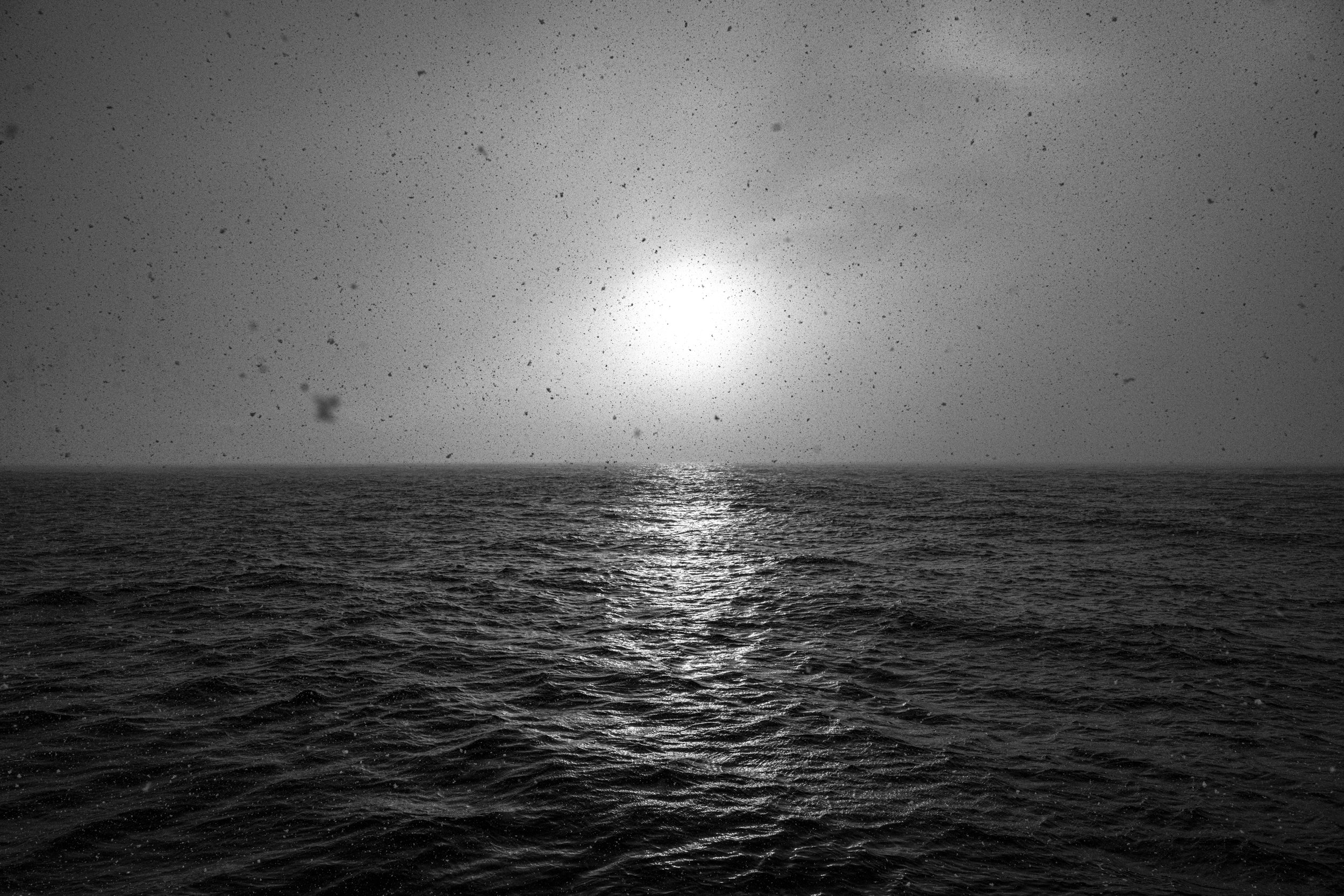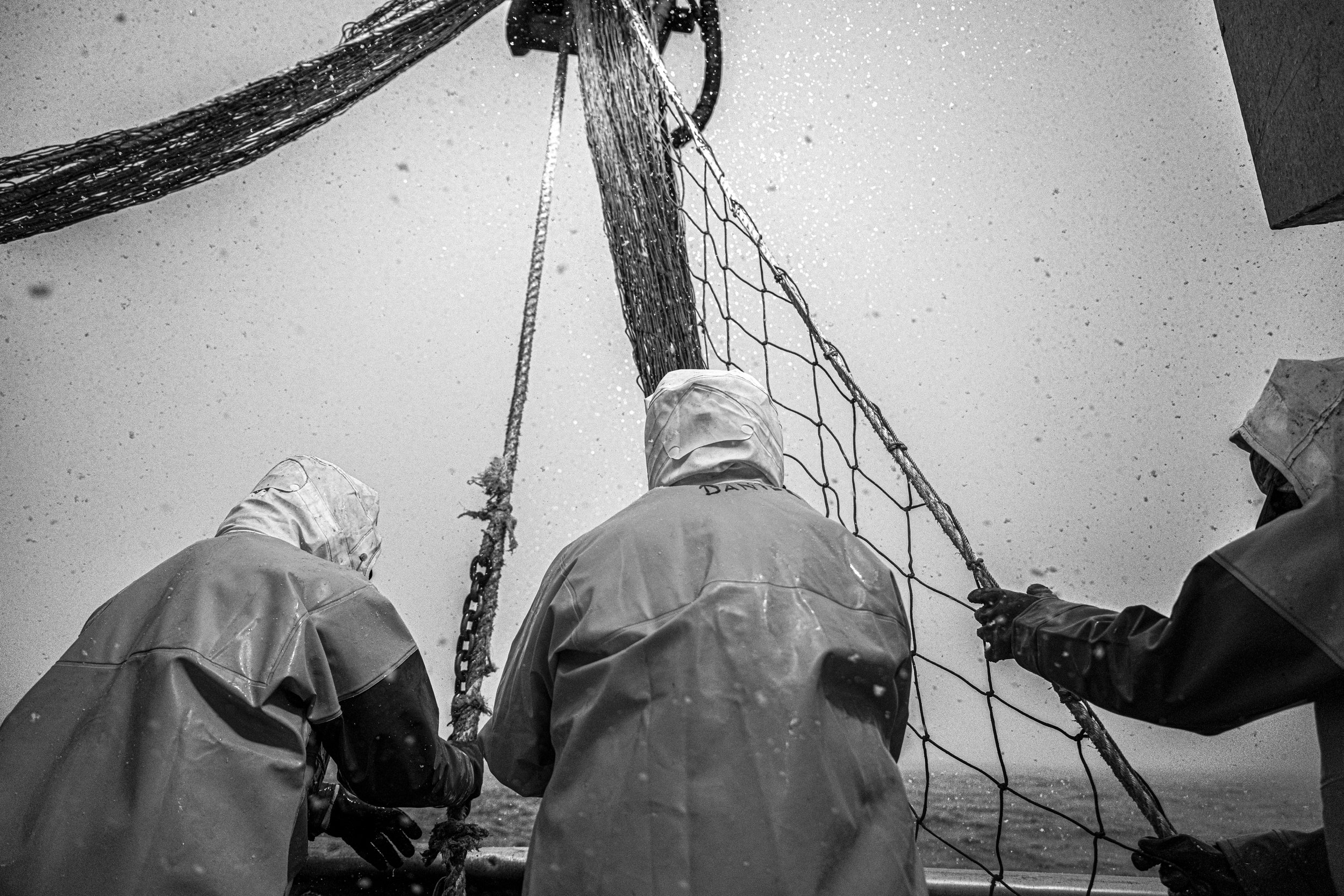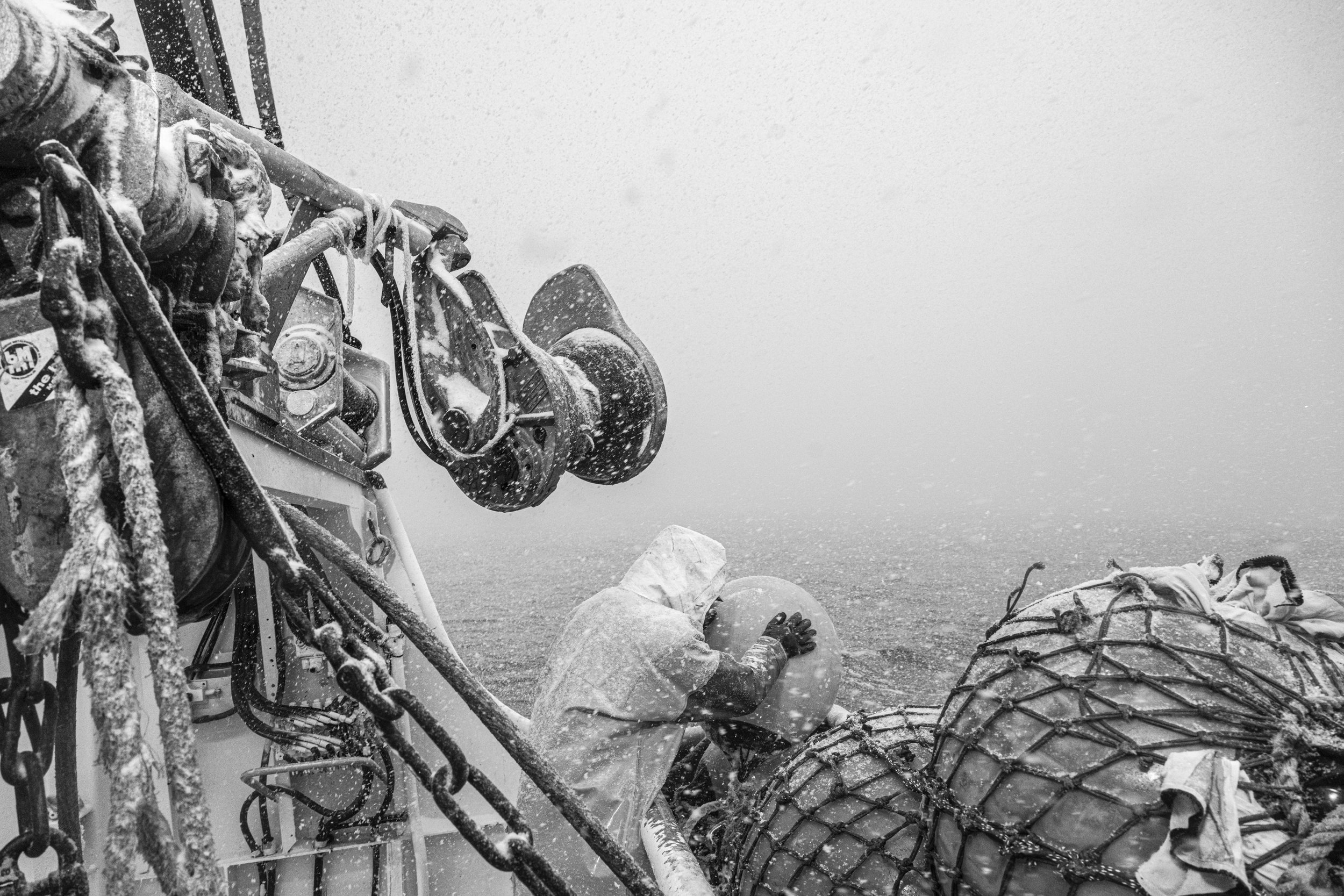
Fishing in the Arctic
On an archipelago beaten by the winds, 300 km north of the polar circle in Arctic Norway where a 10 000 year old coastal culture is alive and kicking. YE documents the community on the very edge of Europe, where the continental shelf plunges straight into the immense depths and provides flourishing feeding grounds for whales and marine life. At these shores, the Barents cod arrives every year in January. Millions of tonnes are caught in the season of what is considered one of the most sustainable fish stocks on the planet. Children down to four years of age work long shifts to assist the fisheries in traditional customs that have lasted since the iron age.
This page features a snapshot of a project.
For more information, including videos, photos, and other materials, please don't hesitate to contact us.

3000 km north of Paris, far above the polar circle, in Arctic Norway, we meet 8 year old Ane. After a long day at school, a quick stop back home and some dinner, she shows up in the harbor she knbow so well since her father is a fisherman. She jumps into heavy working clothes, boots, two sets of fisherman gloves, and starts sharpening her knife. Today, she will be a part of a cultural tradition spanning back to the iron age: kids participating in the booming winter fisheries. The UN children rights declaration of 1959 made child labor illegal. How can this go on? When we tell Ane that kids aren’t allowed to work by UN international law, and that 15 is the age limit, she replies with a baffled look: “That’s too bad. I love making my own money, and feel sorry for those who can’t. They should try. You can buy your own candy, you know.”



